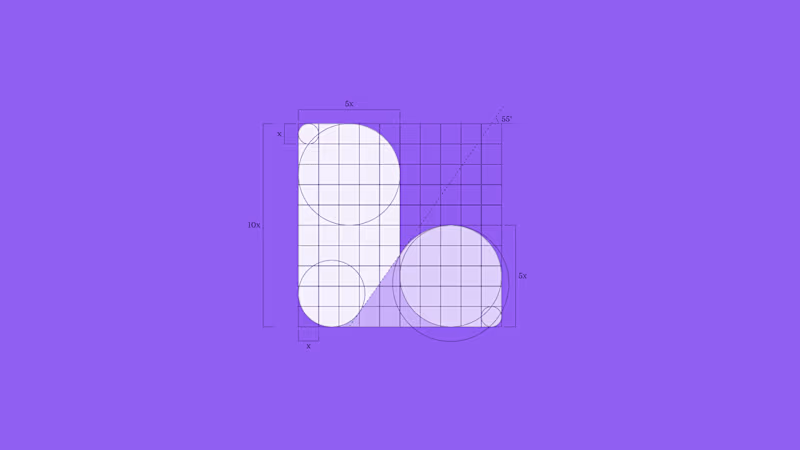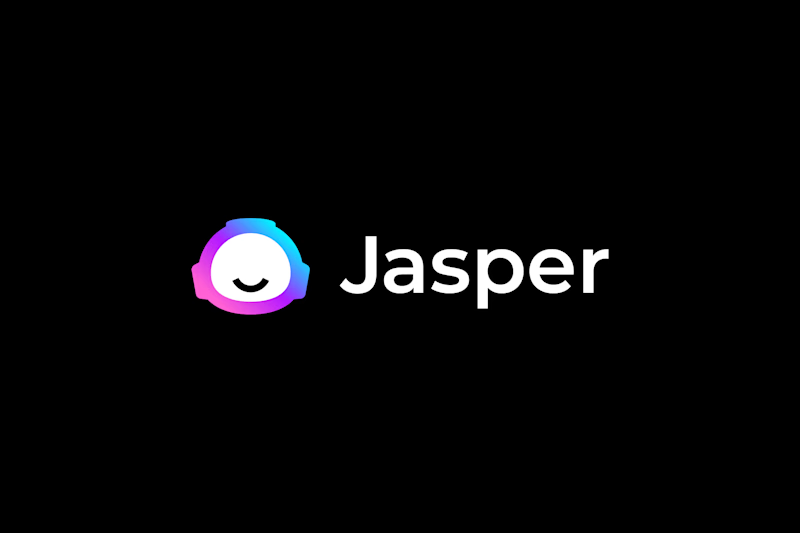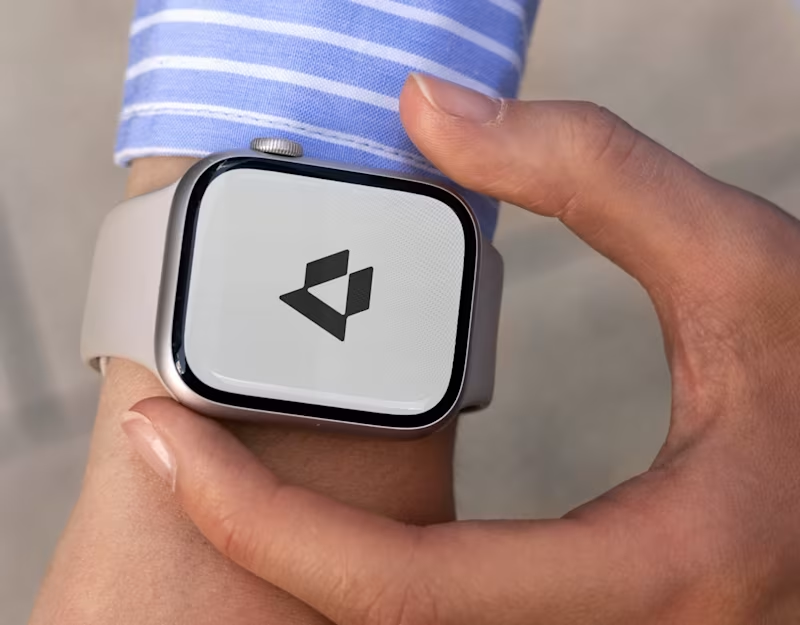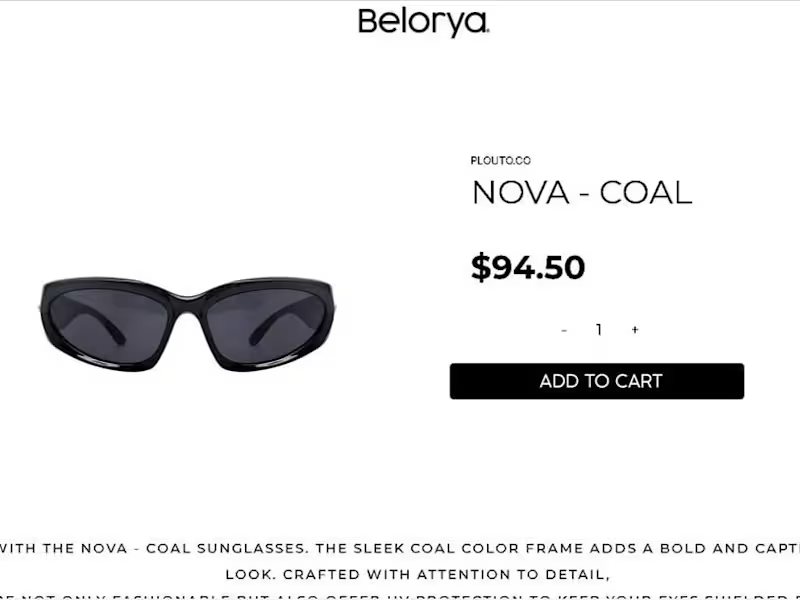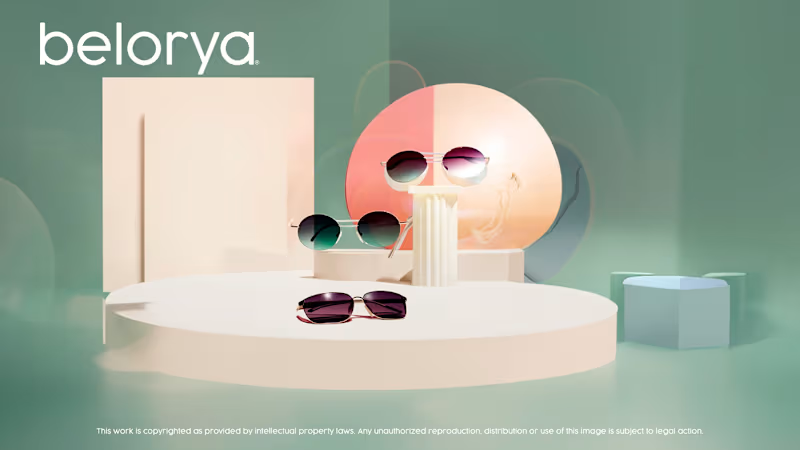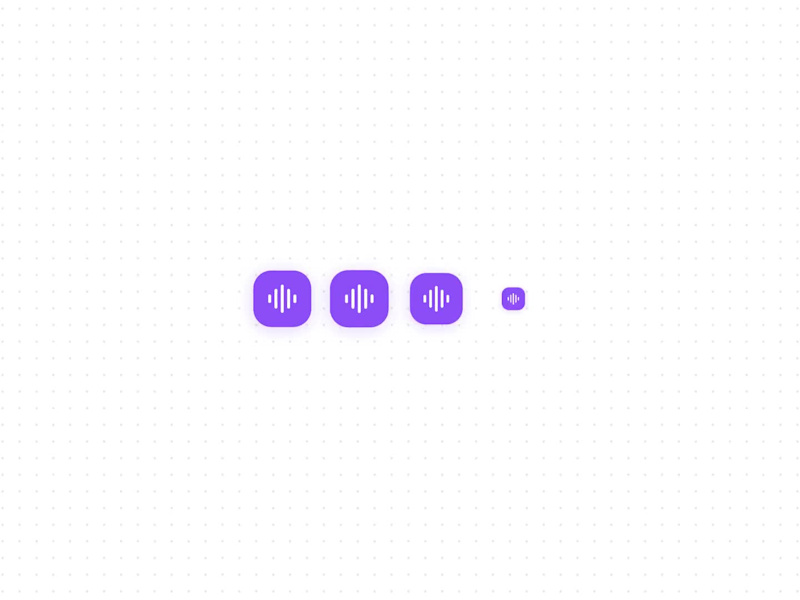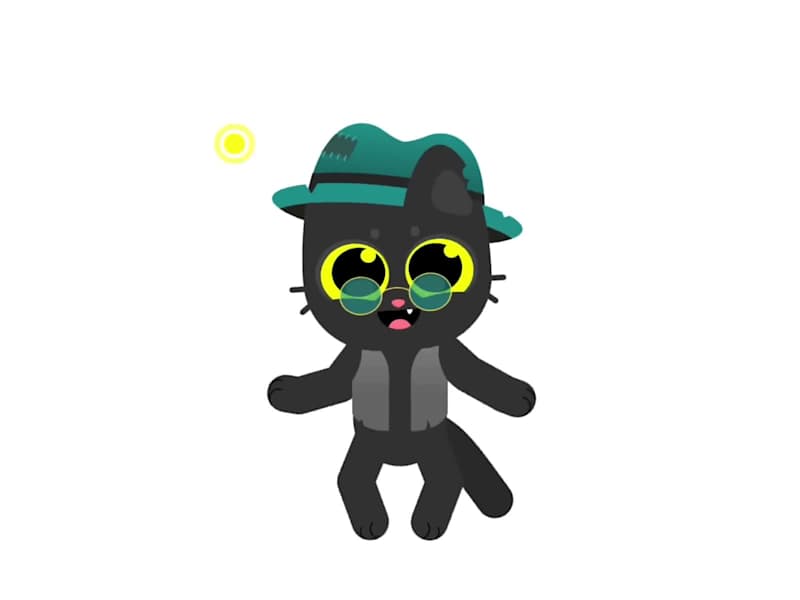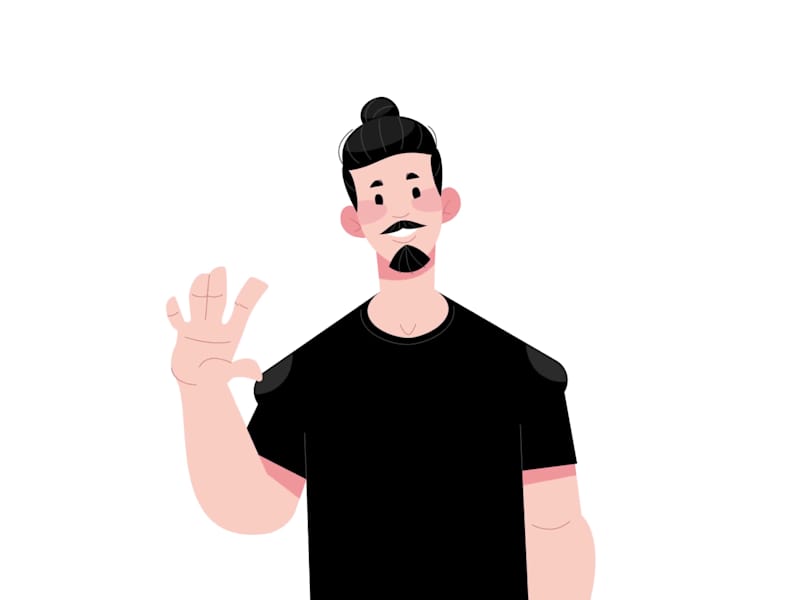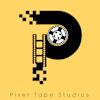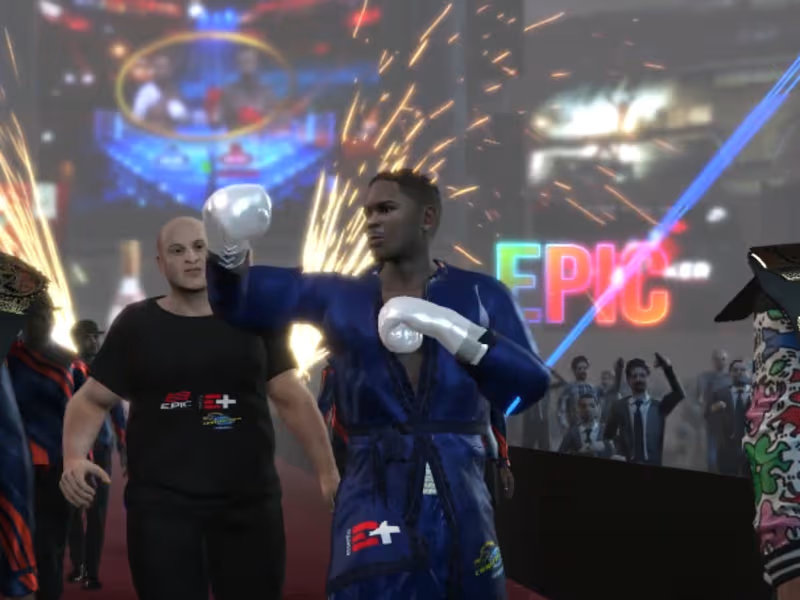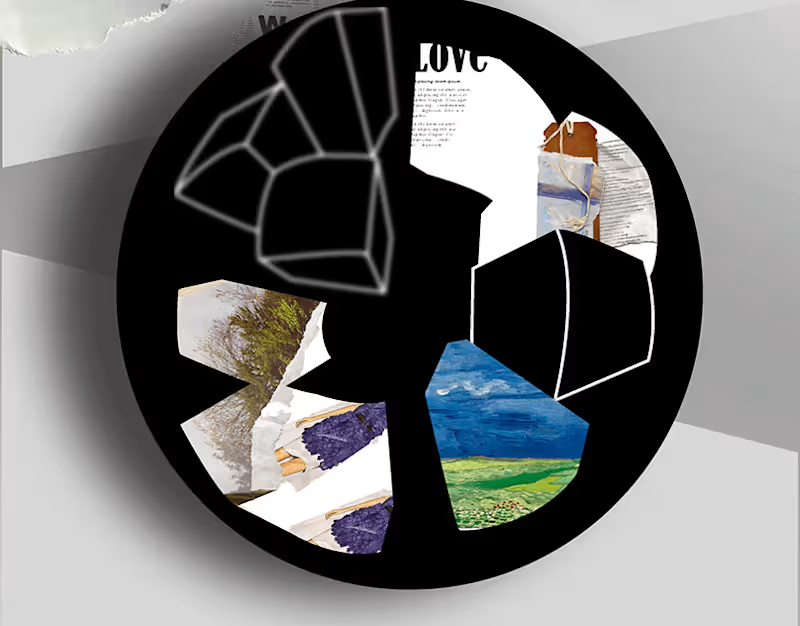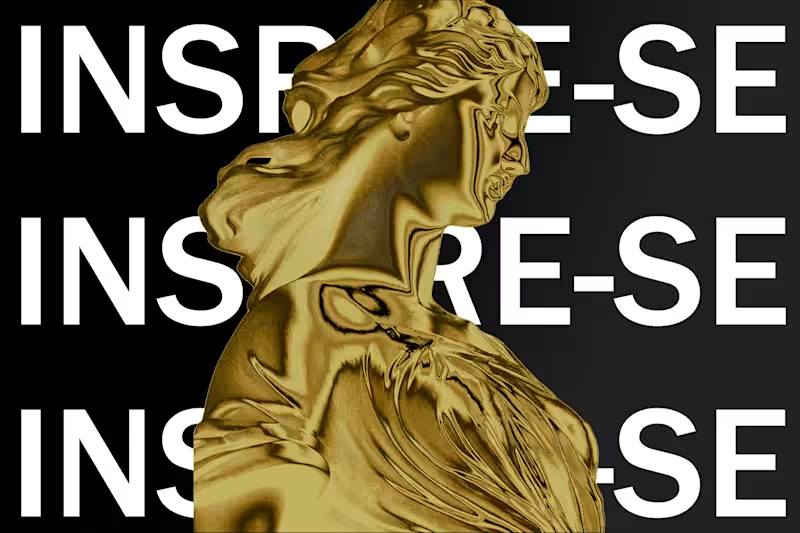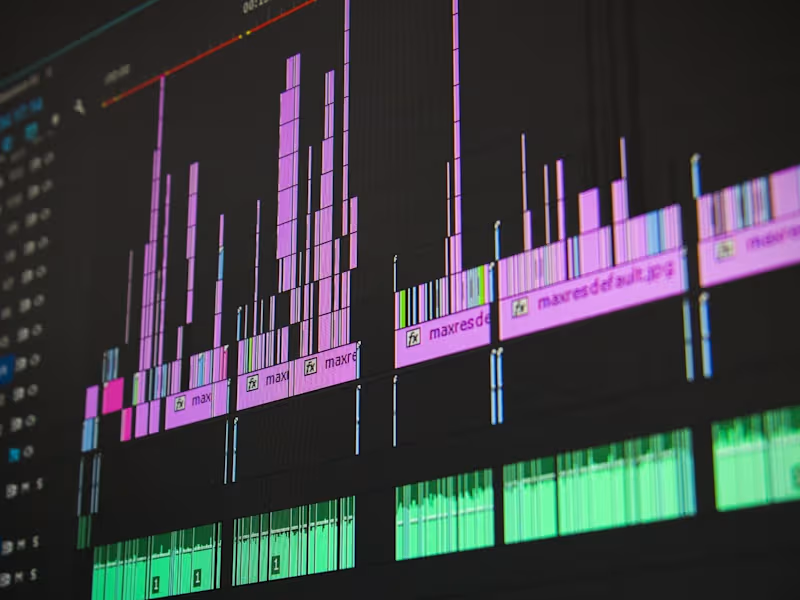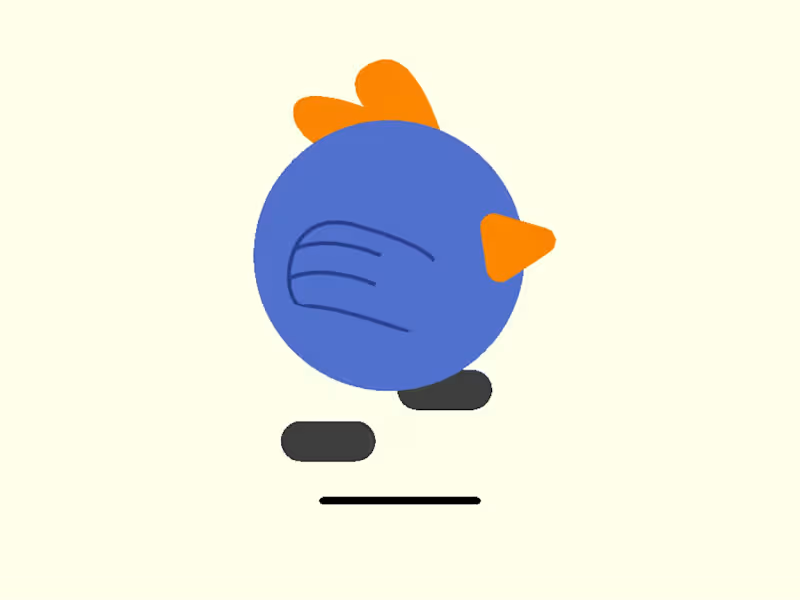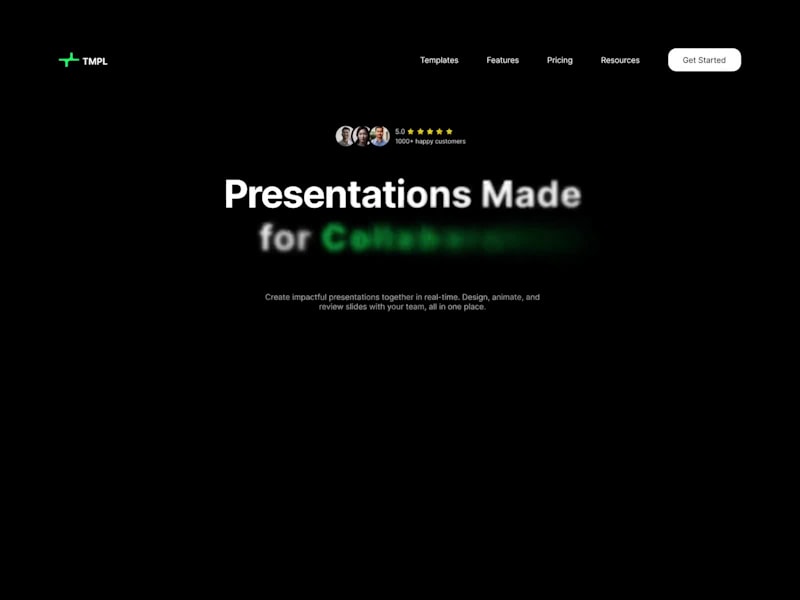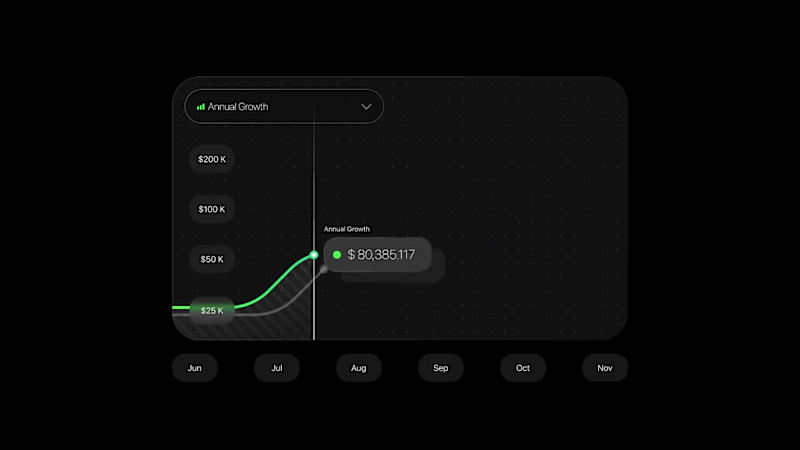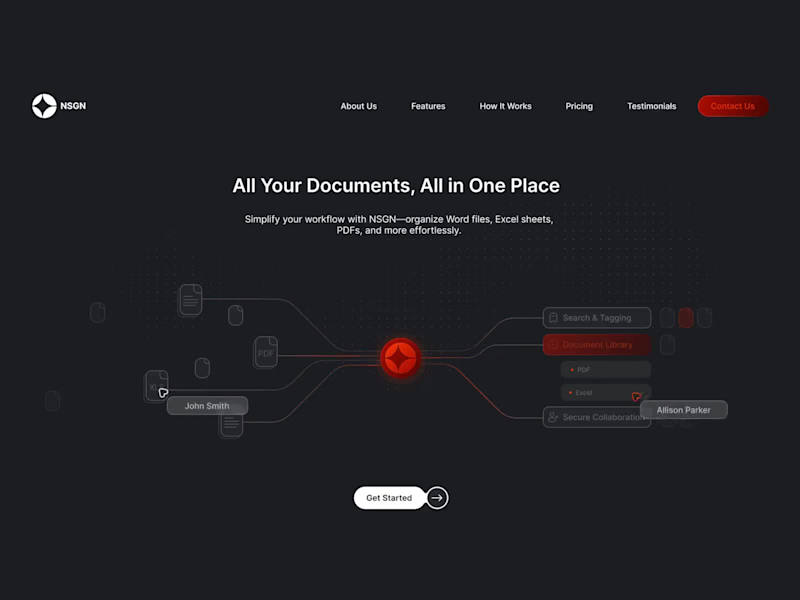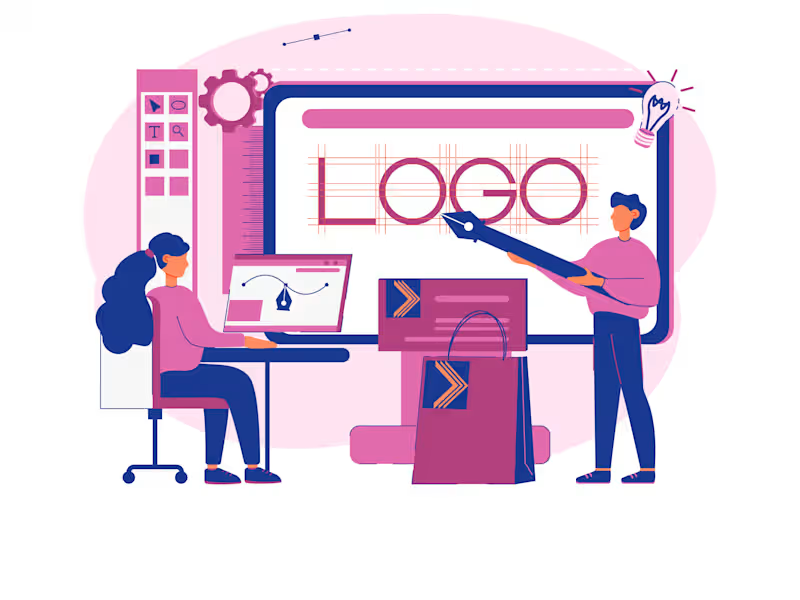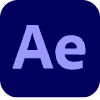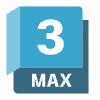How can I define my animation project's requirements?
Start by writing down what you need. Describe scenes, characters, and the style you want. Think like you’re telling a story.
What should I include in an animator job description?
List the type of animation you need, like 2D or 3D. Share details about the project and any deadlines. Mention any specific tools you want them to use.
How many samples should I request from potential animators?
Ask for three to five examples of their best work. This helps you see if their style matches your vision. Watch each sample closely to check their skills.
Should I conduct interviews with freelance animators?
Yes, interviews are important. They help you understand how the animator thinks and works. You can also discuss the project in detail and see if they’re a good fit.
Why are timelines crucial in hiring a freelance animator?
Timelines help keep the project on track. Make sure the animator agrees on deliverable dates. Set a clear deadline for when you'd like the final animation.
What should I do to ensure the animator understands my project vision?
Share detailed notes and references to clarify your vision. Consider using storyboards or sketches. Encourage open communication if they have questions.
Why is a contract important for hiring an animator?
A contract sets clear guidelines for the project. It includes expectations, deadlines, and the scope of work. This ensures both sides know what to expect.
How often should I check in on the animator’s progress?
Agree on regular updates, like weekly check-ins. This allows you to see progress and provide feedback. It helps avoid surprises later on.
How can I provide effective feedback to an animator?
Give clear and specific feedback on what you like and what needs improvement. Use examples to show what you mean. Treat feedback as a friendly conversation to improve the project.
What should be discussed in the first meeting with an animator?
Talk about the project details and your goals. Share any reference material you have. Use this time to understand their process and ask about their previous work.
Who is Contra for?
Contra is designed for both freelancers (referred to as "independents") and clients. Freelancers can showcase their work, connect with clients, and manage projects commission-free. Clients can discover and hire top freelance talent for their projects.
What is the vision of Contra?
Contra aims to revolutionize the world of work by providing an all-in-one platform that empowers freelancers and clients to connect and collaborate seamlessly, eliminating traditional barriers and commission fees.





























